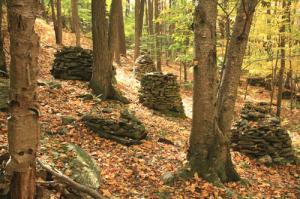
Image via Wikipedia
Talk about a strange headline. Personally, I didn’t know there was such a thing as “singing dogs” (autotuned huskies aside). Learning new things is fun, though! Apparently,
A
Fannett Township [PA] man was recently found with about 80 of one of the
world’s rarest wild dogs, and experts from around the country are now
looking to find them suitable homes.The man has been cited for
operating an unlicensed kennel and several other related violations. In a
statement issued Thursday, the Pennsylvania Department of Agriculture
characterized him as an animal hoarder.
Prior to the discovery of Hammond’s dogs, there were about 150 members of the breed known to exist in
captivity worldwide, many of them in zoos, according to Tom Wendt of New Guinea Singing Dog International.
Named
for their unique howling vocalizations, “singers” are primitive dogs
from the upper highlands of New Guinea, Wendt said. There have been few
actual sightings of the animal in its habitat in recent years, and some
believe it to be extinct in the wild.
Read the whole story, which is much longer, here.


![Reblog this post [with Zemanta]](http://img.zemanta.com/reblog_e.png?x-id=51fb1c72-b5ce-4a0c-922c-23848e730dcb)
